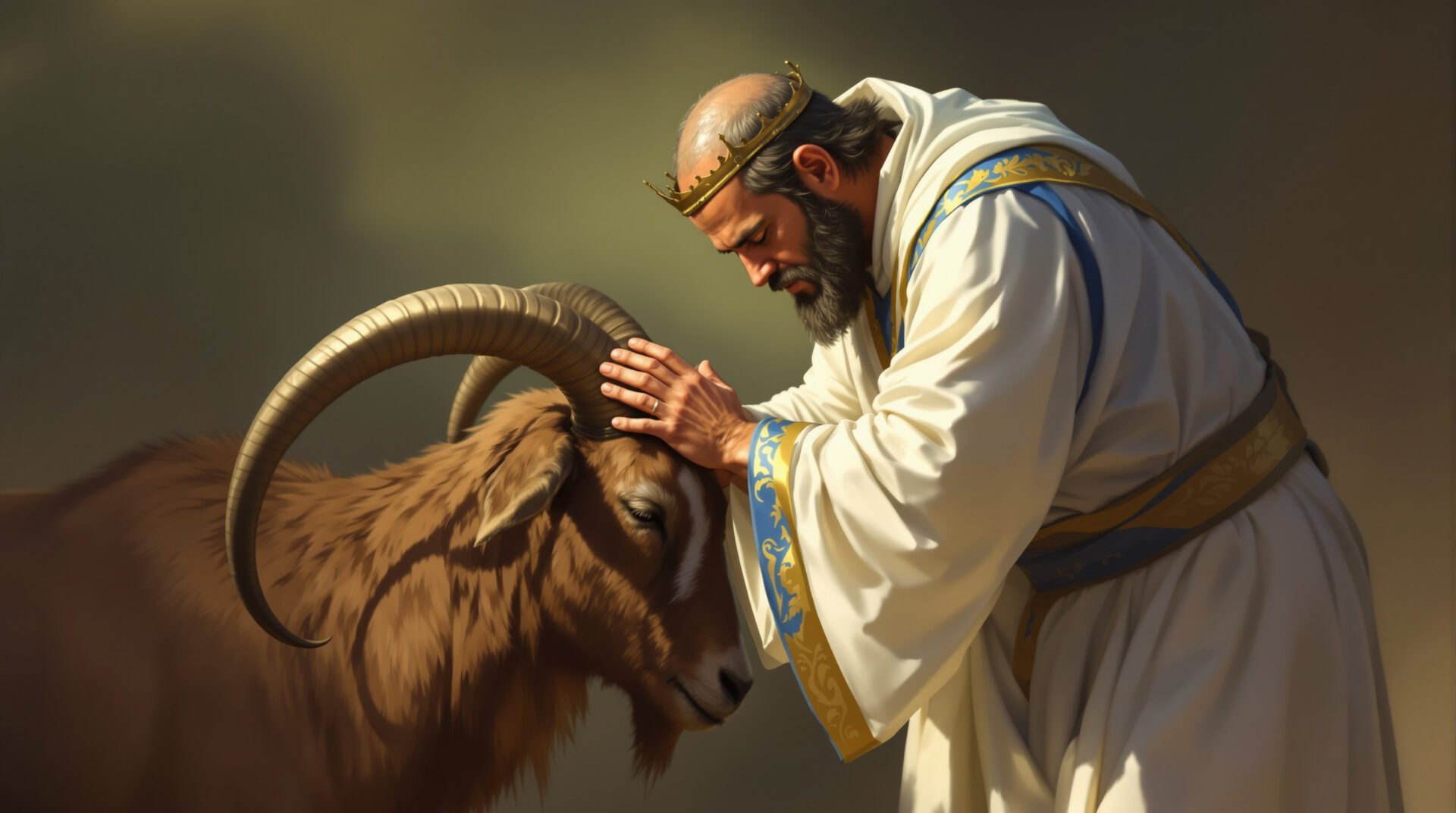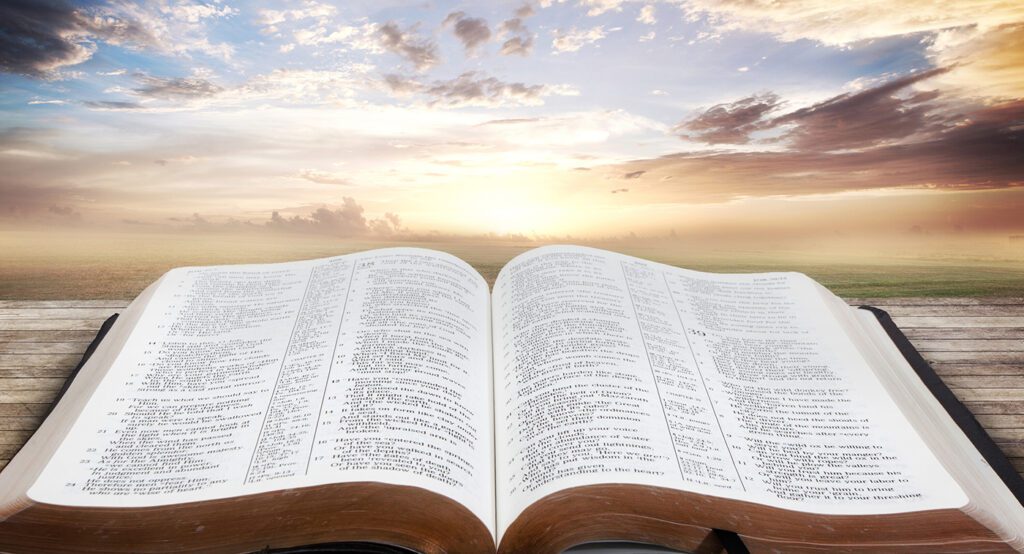It’s funny how our memory never lets go of impressionable moments, especially when it comes to matters of faith. For example, when I think about the Jewish Day of Atonement, it brings to mind a Major League baseball pitcher named Sandy Koufax who was scheduled to pitch in the World Series and refused to do so because it fell on the holiest day in Judaism; Yom Kippur. As a kid, Koufax refusal to pitch on that day brought to mind how special this day was.
When Israel was set free from four hundred years of Egyptian bondage, God brought them to the base of Mount Sinai, where he entered into covenant with them. One of the first things he did was to tell them that they were to rearrange their calendars by means of the appointment of certain festivals that they were called to keep. Some of those festivals were celebrated in the Spring (the most important one being Passover) while others were celebrated in the Fall. Three of them, (Passover, Pentecost, and Tabernacles), required every male Israelite to journey to Jerusalem with other Israelites and sacrifice in the temple.
One of the Fall festivals was the Day of Atonement (Leviticus 23:26-32). It is the only feast where the children of Israel were told to afflict themselves which means observe a fast (23:27). That’s interesting because by the time of Jesus, the Pharisees required two fast days a week. Leave it to religion to exceed that which God actually requires.
So sacred was that day the Lord required that no work was to be done. He referred to it as a Sabbath of solemn rest. And this feast was kept from the “ninth day of the month beginning at evening, from evening to evening” (23:32) To this day, Yom Kippur (Day of Atonement) is considered to be the holiest day on the Hebrew calendar. That’s because it was the one day when atonement was made for the people of God. Instructions were given to Moses on how this was to be accomplished.
After Aaron’s two sons were slain for their breach of faith (10:1-2), God gave Moses instructions on how future high priests should approach the Holy of Holies. Remember that the tabernacle and the temple consisted of three compartments for worship: the Outer Court, the Holy Place, and the Holiest of all. The priests entered the first compartment through the first veil and ministered there daily. But they were keenly aware that they could not pass through the second veil into the Holy of Holies. Only the high priest could enter the second compartment, and only once a year, on the Day of Atonement.
In the sixteenth chapter of Leviticus, there are several instructions on how the High Priest was to enter the Holiest to make atonement for the people. They center around two goats: one for slaughter and the other for removal. First, Aaron was instructed to offer sacrifices for himself:
Aaron shall present the bull as a sin offering for himself, and shall make atonement for himself and for his house. He shall kill the bull as a sin offering for himself. Leviticus 16:11
Then he shall kill the goat of the sin offering that is for the people and bring
its blood inside the veil and do with its blood as he did with the blood of the
bull, sprinkling it over the mercy seat and in front of the mercy seat. Thus,
he shall make atonement for the Holy Place, because of the uncleannesses
of the people of Israel and because of their transgressions, all their sins,
Leviticus16:15
Other sacrifices were offered to cleanse the house, as well as Aaron and his sons. Then, God gave Moses instructions regarding the second goat, which was called Azazel (which in Hebrew means ‘removal.)”





0 Comments